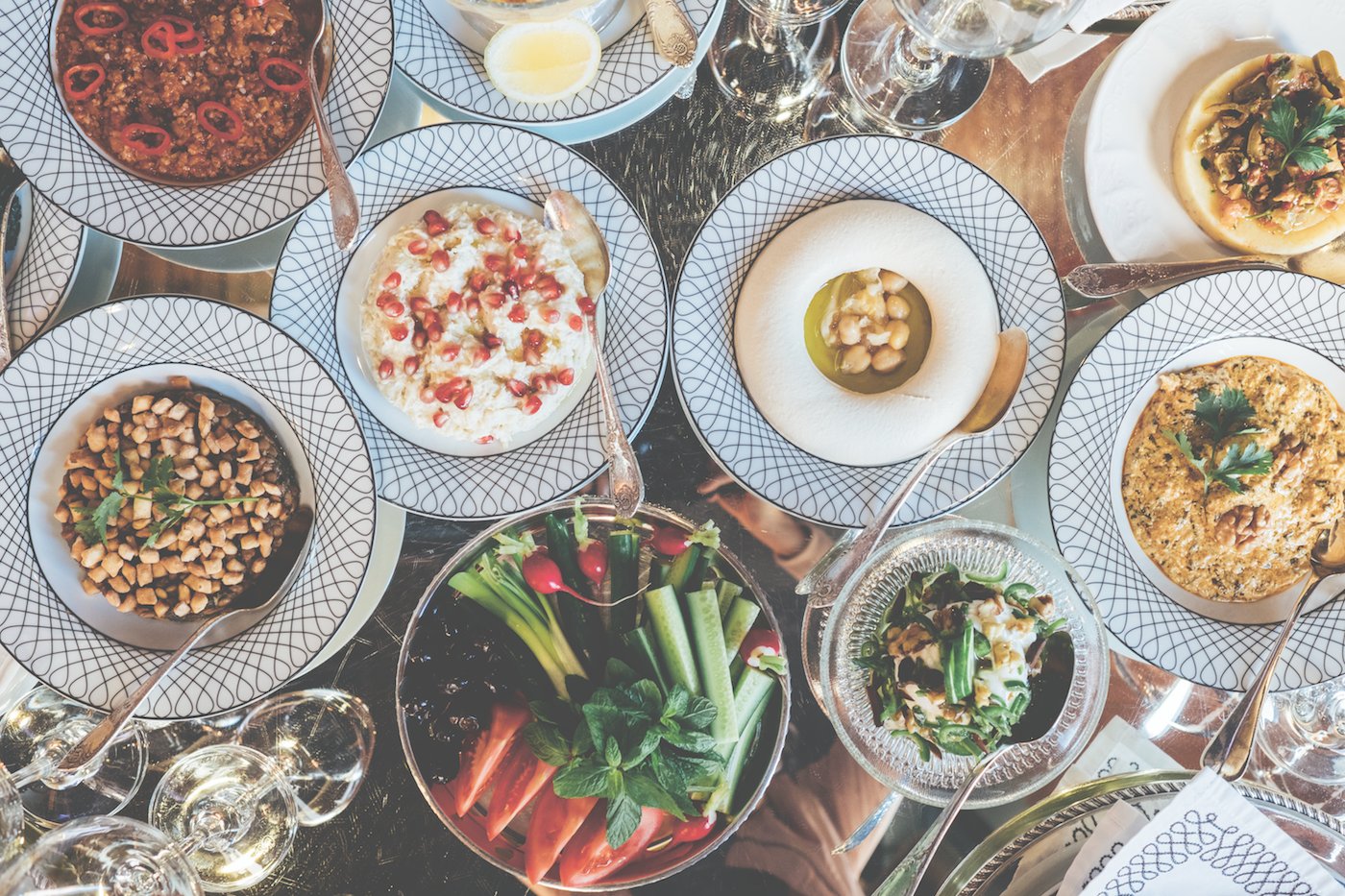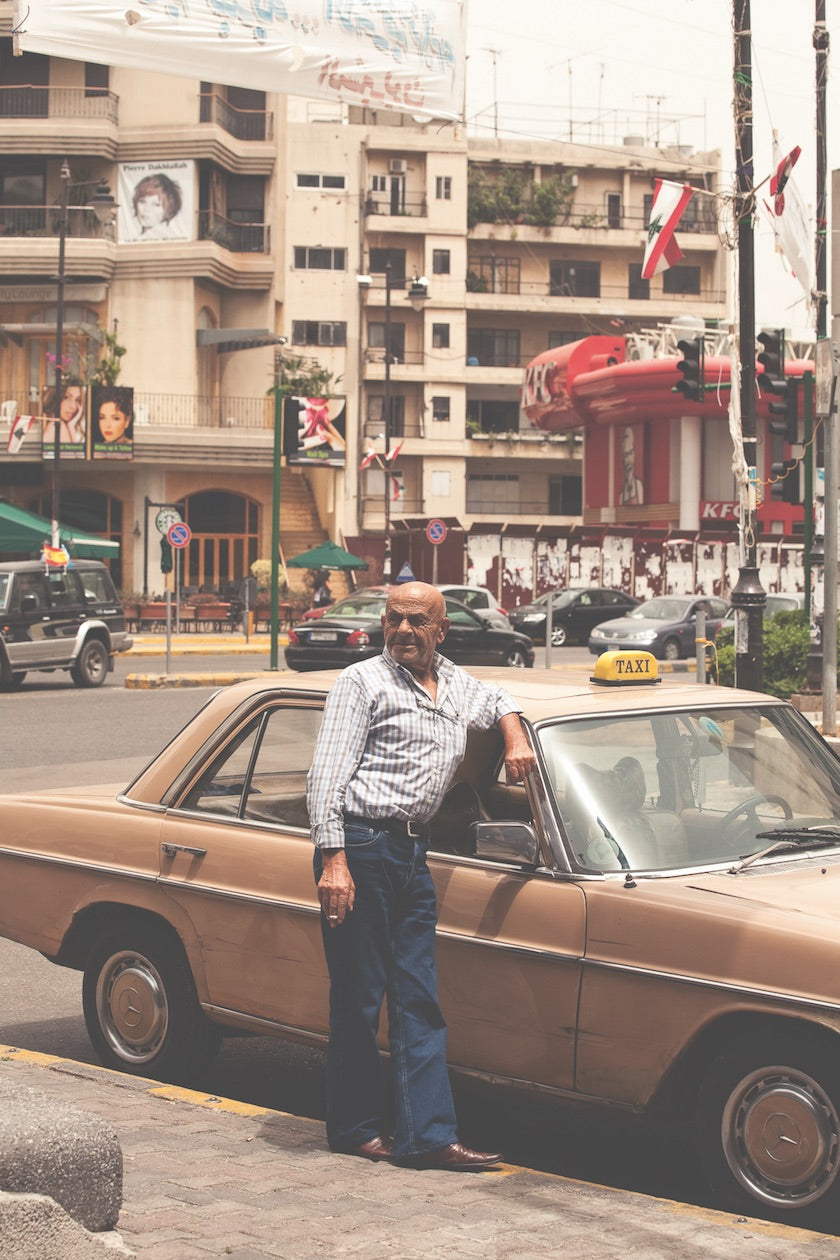07/2018 Escape travel video
Having been smashed by civil war, Beirut's still arguably the greatest city in the Middle East – and the most fun.

Enjoy a variety of delicious mezze at Em Sherif on Victor Hugo Street. A set menu of 33 dishes awaits you – hummus, muttabal, pastries from the restaurant's own bakery, grilled poultry and beef, topped by six different deserts.
(Photo: Monocle)
If you want to read the heart of the Lebanese, start eating their food! But bear in mind, that what you get served in public is way different from what private hosts will offer in their homes.
In restaurants, guests usually can expect to be served mezze, which consist of small dishes of salads, hummus, baba ganoush, and white-bean salad. Afterwards, cold meat follows as in kibbeh, and then finally hot mezze like fried potato with coriander, fried kibbeh, and skewers of meat.
If you are to be hosted by Lebanese in their private homes, it'll most likely be slow-cooked stews with ingredients made from wheat call burghul or keshek and warma, a lamb confit.

Beirut's streets are filled with relics from the 1980s. If you take a cab, it'll most likely be an old Mercedes Benz. (Photo: Monocle)
Lebanon's capital has streets crisscrossing with wires plugged into the electricity mains. Even if there are conventional addresses, they won't help you locate your hotel. Before street names were being introduced in the 1940s, the districts of Beirut were differentiated depending on who called them home or which landmarks were close. Formal street names being introduced after independence are rarely visible and aren't very commonly used. Instead, sites such as buildings, shops, or restaurants are key to getting around. This is why The Monocle Guide to Beirut will use landmarks for orientation and street names, where they're visible.

It's easy to laze away in Villa Clara. The accomodation on Rue Khenchara is run by husband-and-wife owners Marie-Hélène Moawad and Olivier Gougeon, former pastry chef in the Parisian three Michelin-starred restaurant Le Grand Véfour. (Photo: Monocle)
Accomodation wise your best bet will either be guesthouses run out of restored Ottoman palaces or early 20th century family homes. And of course five-star hotels for fans of the extra splash of luxury.

In Lebenon's gold days, the Phoenicia Hotel on Minet el Hosn was built in 1961, but it fell into ruins during the civil war. In 2000, it reopened and was restored to its former glories: 446 rooms and suites plus apartments and a penthouse, that are at least as opulent as the pool area. (Photo: Monocle)
The people of Beirut have experienced real strife, which is probably why they plan to dance, create, cook, and pursue the good life, while the peace persists. Dive into their pace of life and share their passion for mezze, beer and arak.
Planning your next trip? Check out more travel guides from Monocle.












